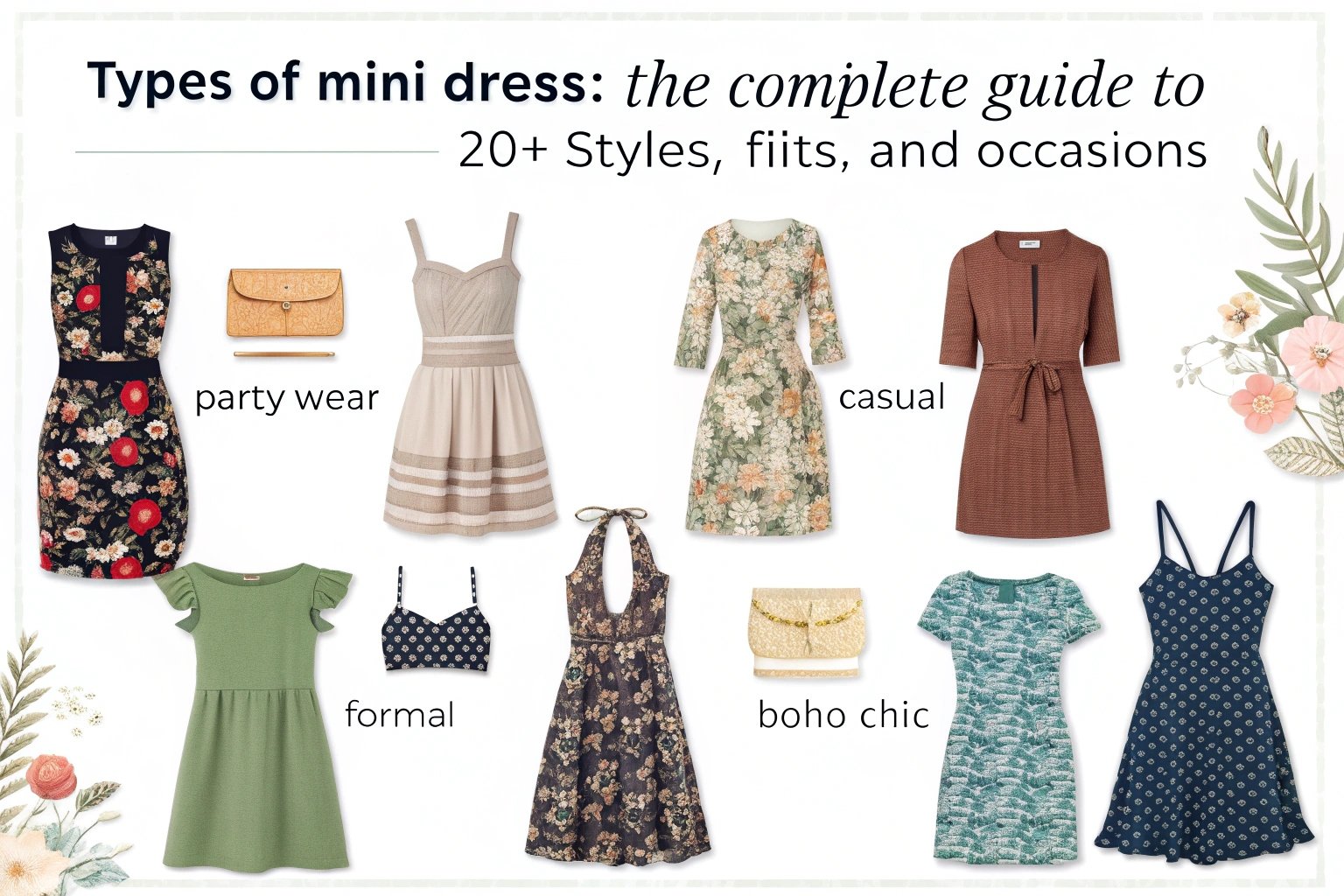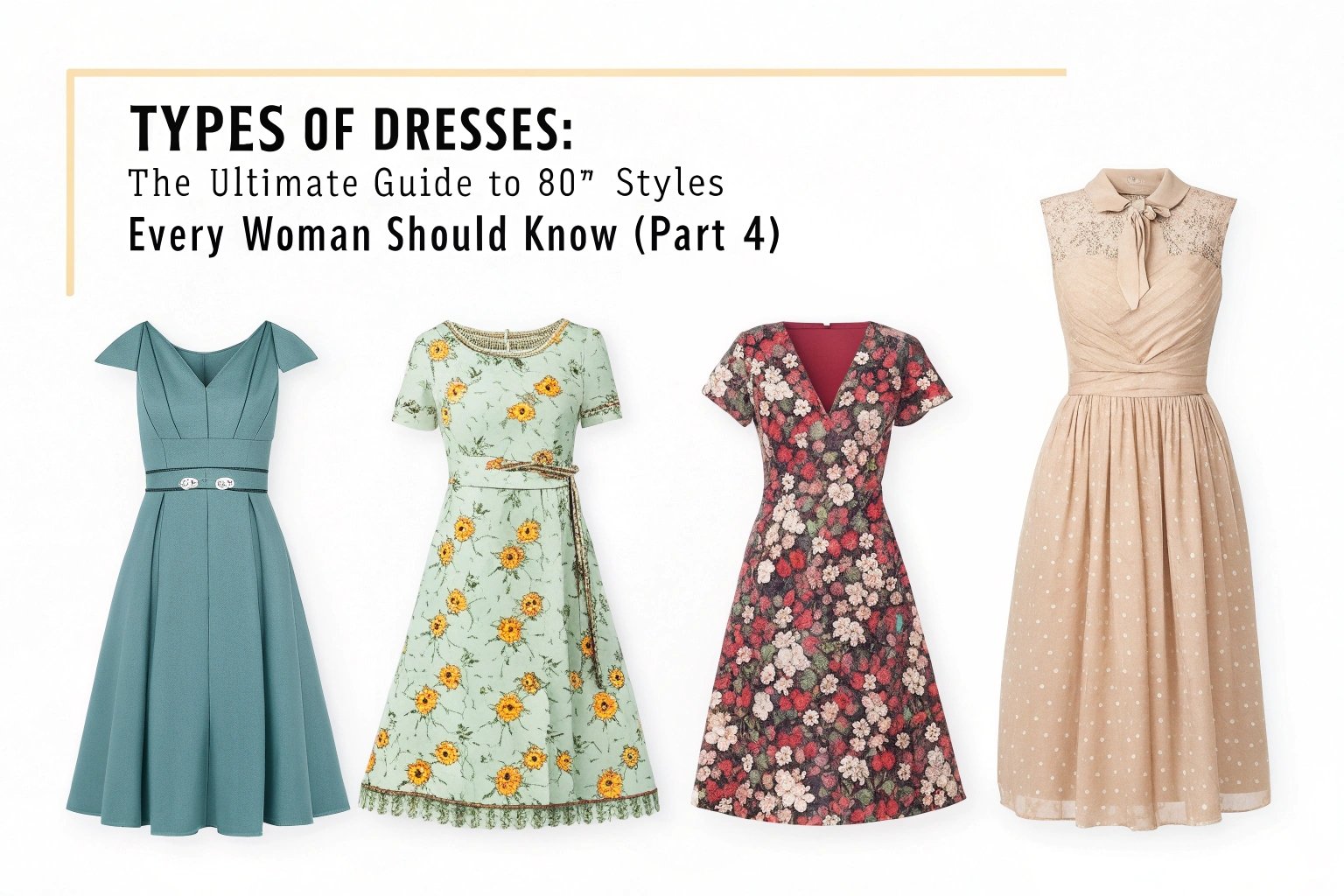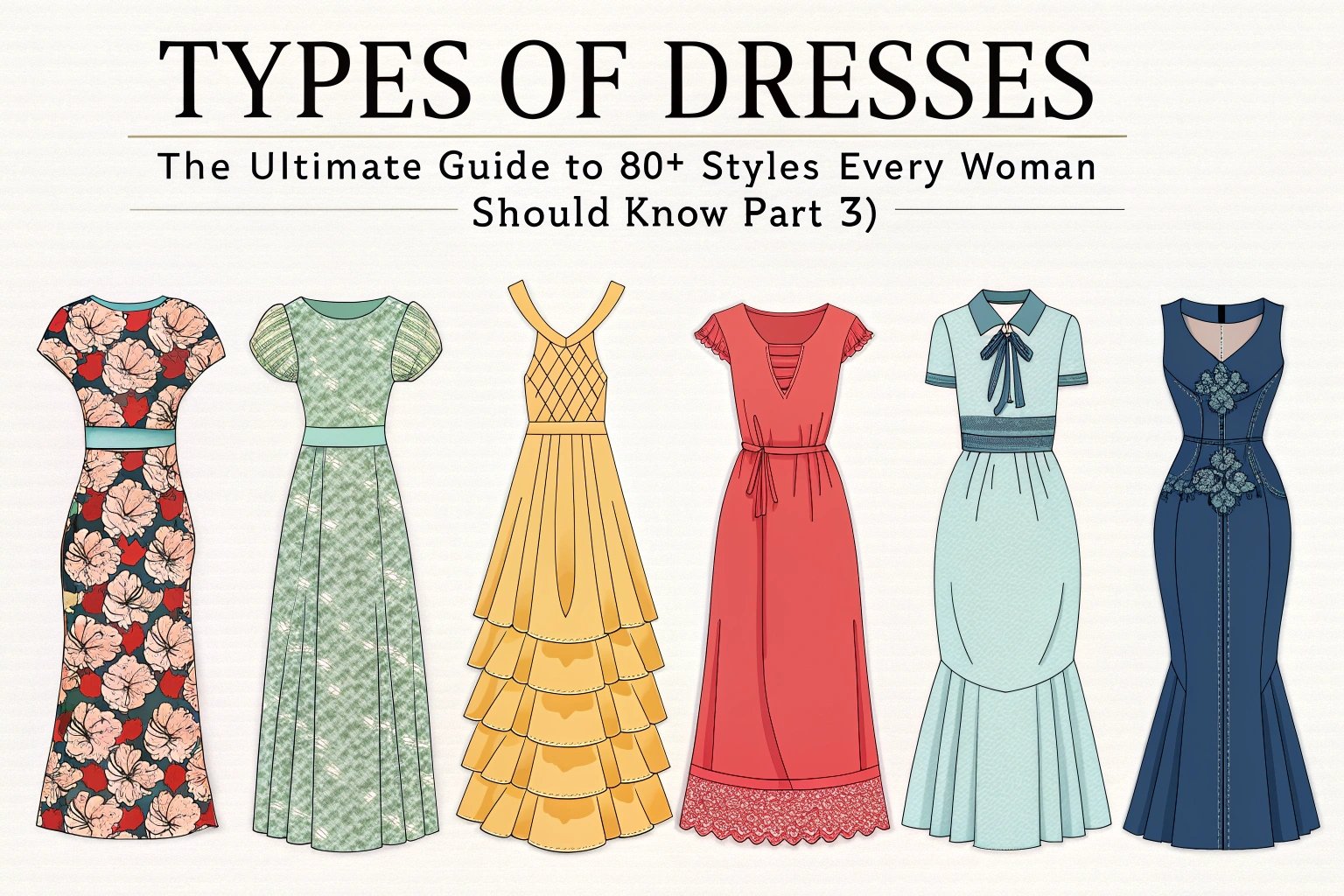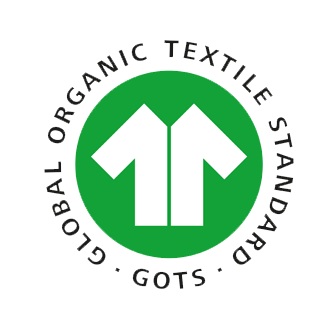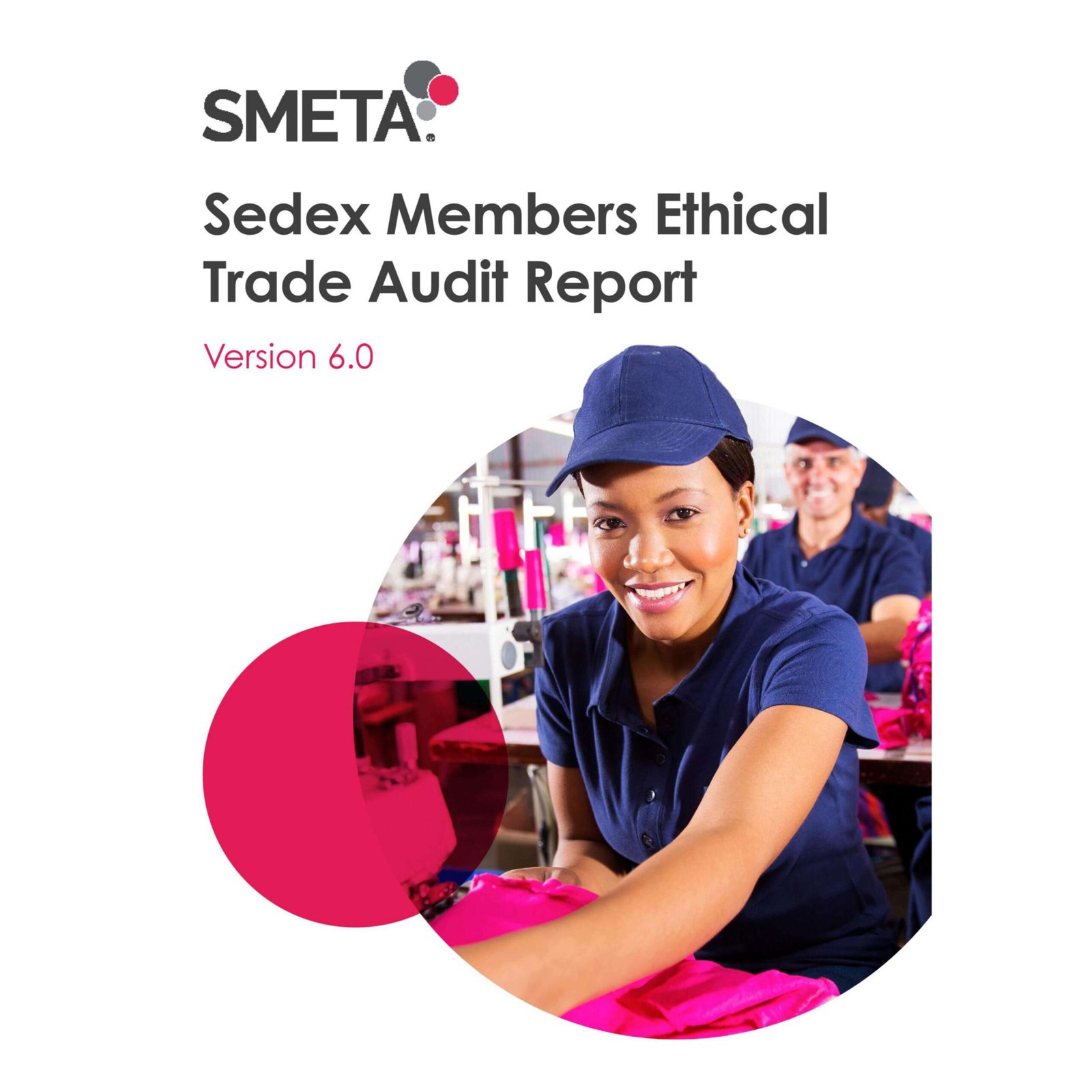FaAs a women’s fashion manufacturer from China, Xzapparel has been asking ourselves: in an industry that evolves so quickly, how do we balance trend with responsibility?
Fast fashion is a business model based on producing trendy clothes at low cost and high speed, but it leads to environmental harm, labor exploitation, and overconsumption.
We used to take orders from fast fashion brands. Back then, we thought the more orders, the better. But over time, we realized that speed and low price often come at an unsustainable cost.
How did fast fashion become so popular?
Fashion updates faster and faster. Consumers buy more frequently. When did that change begin?
Fast fashion became popular due to globalization, low-cost outsourcing, and high demand for trend-driven, affordable clothing.
In the early 2000s, brands like Zara and H&M changed the traditional production cycle. New styles went from design to store in under three weeks. They slashed costs and flooded the market with trends.
Speed became the new normal
- Less than 3 weeks from sketch to store
- Over 50 mini collections per year
- Inspired by runways, influencers, and social media
Consumers got hooked
- Weekly arrivals create urgency
- Ultra-low prices make it easy to buy often
- Social platforms promote daily outfit culture
It’s like fast food for fashion. Convenient, but not healthy.
How does fast fashion hurt the environment?
We’ve produced dresses that retailed for just $15. But what does that price hide in terms of environmental impact?
Fast fashion creates enormous waste, pollutes water, and emits significant carbon, making it one of the most polluting industries.
Globally, over 92 million tons of textile waste are created every year. Most fast fashion items are made from synthetic fibers that take centuries to decompose.
Waste is just the beginning
- One truckload of clothes is landfilled or burned every second
- Clothing is worn an average of 7 times before disposal
- Non-degradable fabrics fill up landfills
Water and chemicals
- One cotton t-shirt requires 2,700 liters of water
- Dyeing processes pollute rivers
- Synthetic fibers release microplastics into oceans
Fashion shouldn’t just look good. It should do good.

What about the workers behind fast fashion?
As a manufacturer, we know firsthand: every garment is made by someone’s hands.
Fast fashion often relies on low-paid, overworked laborers in poor conditions with little protection.
In places like Bangladesh, Vietnam, and Cambodia, workers often work more than 12 hours a day and earn far below a living wage.
The hidden cost of cheap fashion
- Rana Plaza collapse in 2013 killed over 1,100 workers
- Extreme hours and constant overtime
- Unsafe and inhumane factory environments
Why it keeps happening
- Brands push down prices
- Outsourcing chains are long and complex
- Many countries lack labor protections
We believe efficiency is good. But humanity is essential.
How does fast fashion shape consumer behavior?
Many of our clients share a concern: their customers keep demanding more and faster trends.
Fast fashion encourages overconsumption, making clothes disposable and creating emotional dependence on shopping.
Weekly new arrivals and outfit-of-the-day culture turn clothes into a fast-moving commodity. Newness is valued more than quality.
Emotional buying is widespread
- Shopping gives a quick dopamine hit
- Clothes become identity and status symbols
- High return rates but even higher repeat purchases
What we lose
- Appreciation for quality and durability
- Respect for design and craftsmanship
- Overstuffed closets, yet “nothing to wear”
When clothes are disposable, we stop valuing them.
What are the sustainable alternatives?
At Xzapparel, we’ve been working on better ways.
Sustainable fashion emphasizes ethical production, eco-friendly materials, and mindful consumption—a slower but healthier path.
We offer customizable production, use more sustainable materials, and help clients reduce overstock. We believe going slower can still be stylish.
What we promote
Work with responsible brands
- Review sourcing standards
- Look for certifications like GOTS or Fair Trade
Reduce waste
- Accept small batch orders
- Offer on-demand production
Support circular fashion
- Encourage clients to explore resale or rental
- Design versatile, long-lasting styles
The future of fashion blends aesthetics with accountability.

Why is awareness not enough?
Many buyers understand the harm of fast fashion. But they still struggle to change.
Because fast fashion is cheap, convenient, and emotionally satisfying, changing habits requires systemic action and cultural shifts.
It’s not just about the facts. The system favors speed and volume.
Barriers to change
- Sustainable options can be pricey or hard to access
- Social pressure supports fast fashion trends
- Lack of knowledge about a garment’s life cycle
What can help
Policy changes
- Enforce responsible production standards
- Penalize environmental waste and exploitation
Education and storytelling
- Show the real people behind each garment
- Promote awareness through schools, influencers, and brands
Change takes time. But we want to be part of the solution.
Conclusion
At Xzapparel, we believe beauty should not come at the planet’s expense. As manufacturers, we carry both the responsibility and the opportunity to lead a better way forward.


